Media
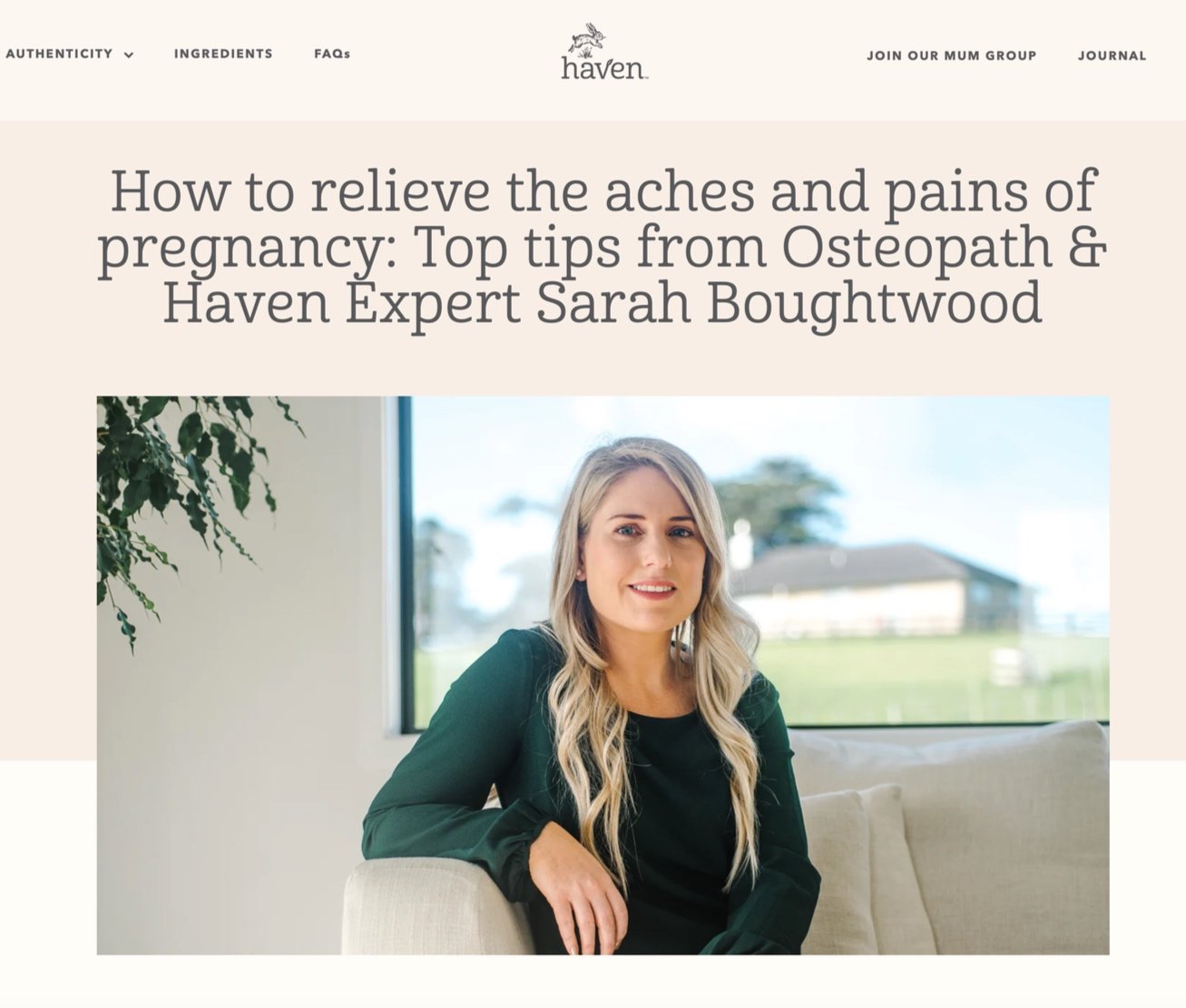
Haven - How to relieve the aches & pains of pregnancy - Top tips from osteopath & Haven expert Sarah
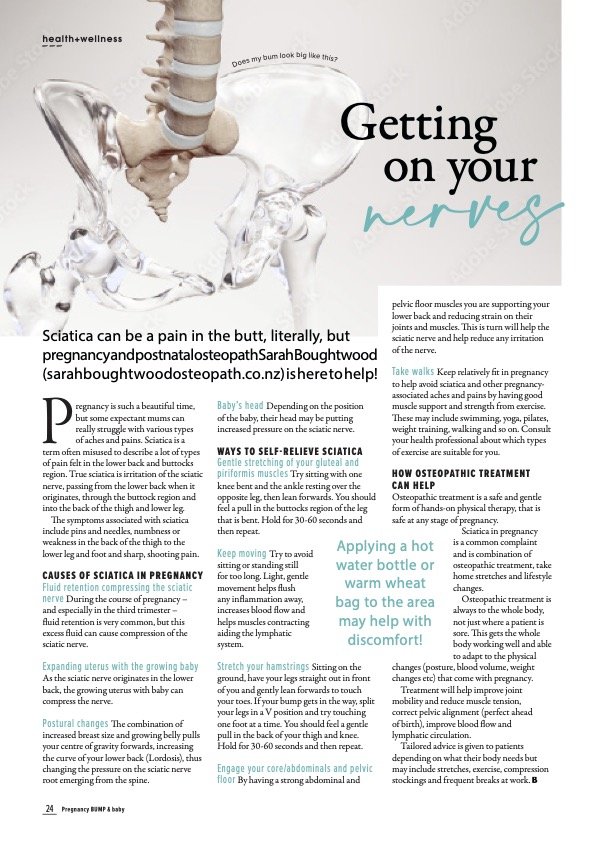
Bump & Baby magazine - Getting on your nerves
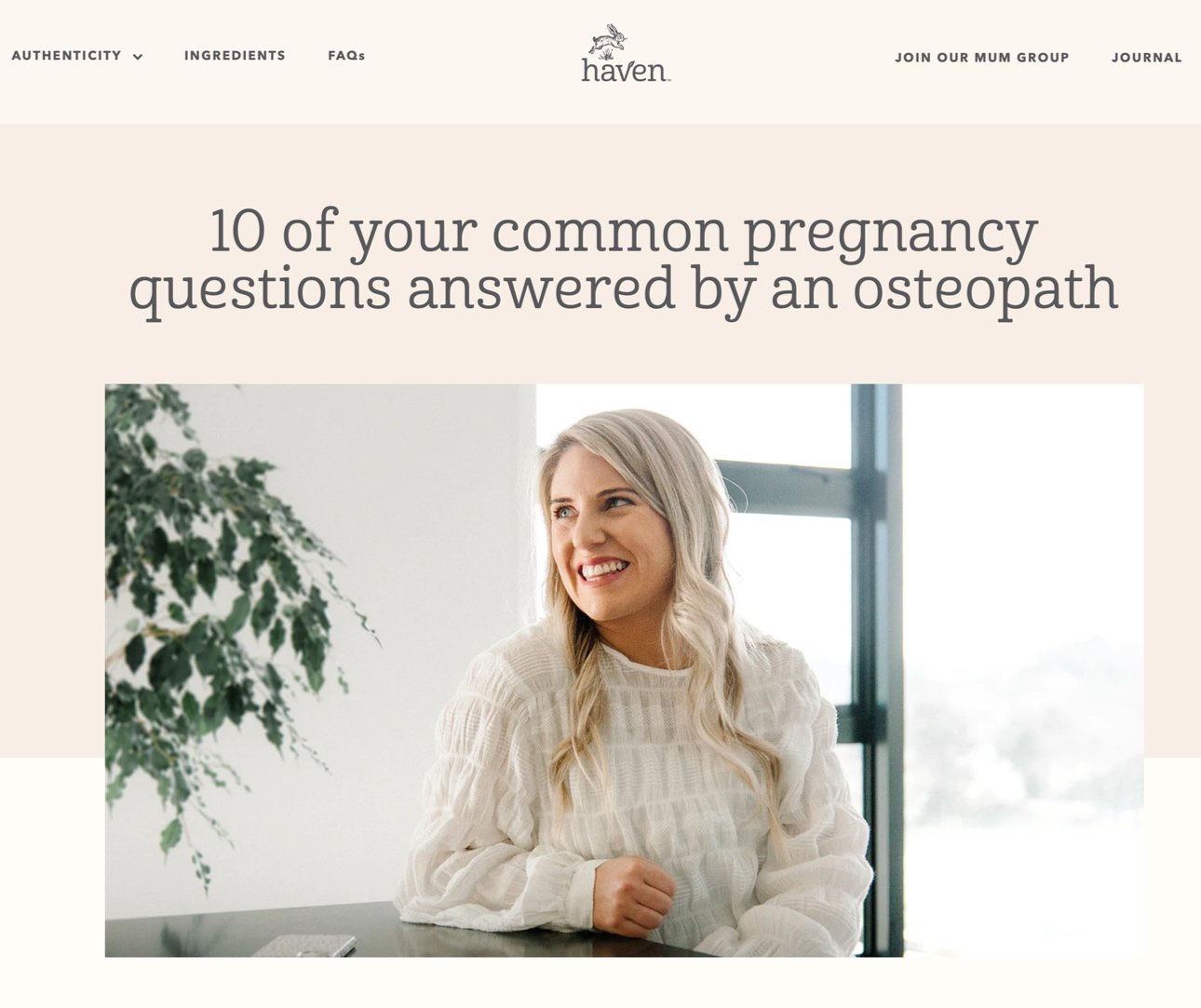
Haven - 10 of your common pregnancy questions answered by an osteopath
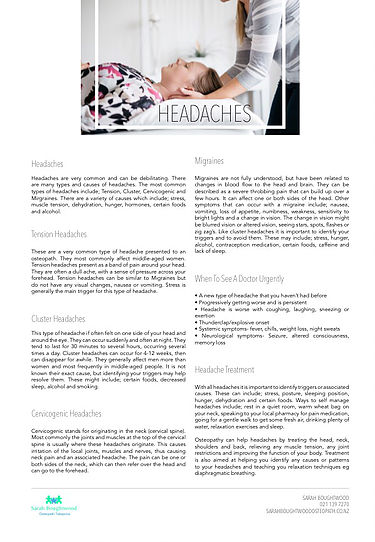
Verve Magazine - Headaches
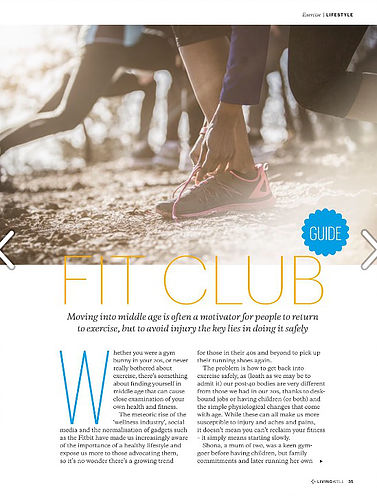
Living Well Magazine - Fit Club
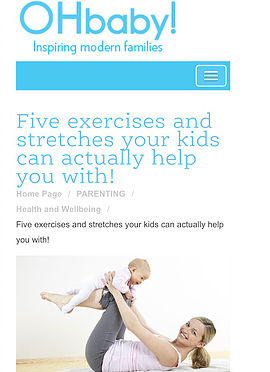
OH Baby - Five exercises and stretches your kids can actually help you with
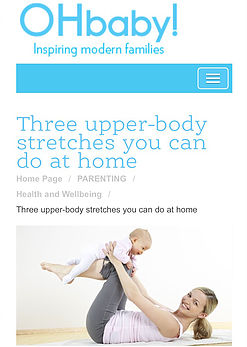
OH Baby - Three upper body stretches you can do at home
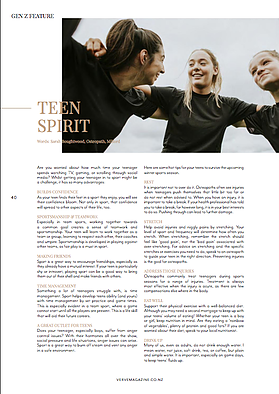
Verve Magazine - Teen Spirit
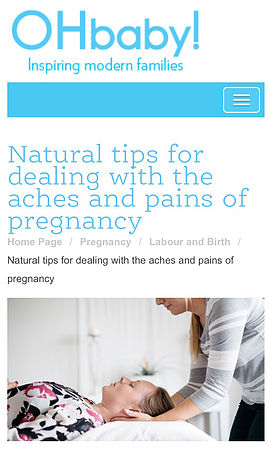
OH Baby - Natural tips with dealing with pregnancy aches and pains

Verve Magazine - How to improve your fitness without injury
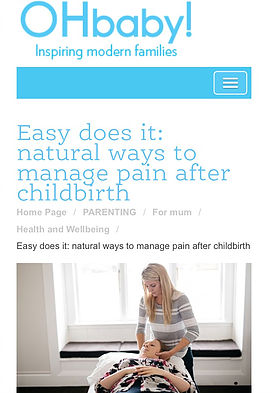
OH Baby - Easy does it. Natural pain relief after child birth

Little Treasures Interview - Sarah Boughtwood Pregnancy Osteopath
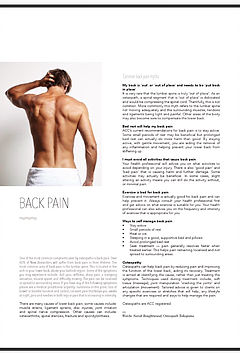
Verve Magazine - Back pain
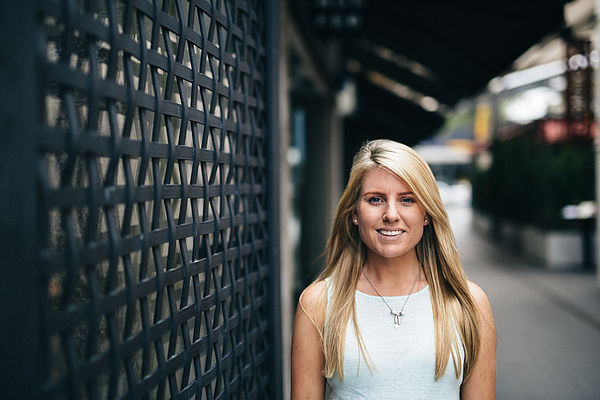
Goal Diggers - Sarah Boughtwood
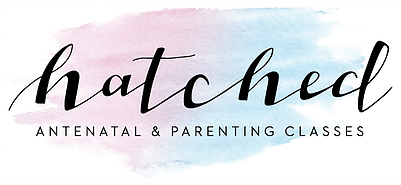
Hatched Interview - Sarah Boughtwood and pregnancy

Verve Magazine - How to study
-

Good magazine - Five simple steps to feeling your best
As the weather warms up, it is a great time to get back in the garden, out for walks and doing more of the things you love. As an osteopath, I support my patients getting mobile and back into their hobbies after the chilly winter weather, as often over winter our joints can cause more discomfort as a consequence from the colder air temperature. Some top tips for getting the most out of the warmer weather include:
-

Pregnancy, bump & baby - All about the AB's
Abdominal separation is one of the most common conditions that occurs in pregnant women. Diastasis Recti means that during the course of pregnancy, your abdominal muscles (Rectus Abdominus muscles) separate. The Rectus Abdominus muscle runs vertically from the Xiphoid process and costal cartilage of ribs anteriorly (the front) to your pubic bone in the
pelvis.
-

Pregnancy, bump & baby - Under pressure, pelvic girdle pain
The pelvis is made up of the left and right innominate bones which are 3 bones (Ischium, Ilium & Pubis) fused together, sacrum and coccyx. This is the bony structure that houses & protects the pelvic reproductive organs, nerve + blood + lymphatic supply to the pelvis & lower limbs, lower gastrointestinal tract and urinary organs. The joints of the pelvic girdle include the left and right sacroiliac joints, symphysis pubis joint (between the left and right pubic bones) and sacrococcygeal joint (sacrum & coccyx). The pelvic girdle has further joints connecting the pelvis to the lower back between L5 (last lower back bone) and sacrum (L5-S1) and the pelvis to the left and right hip (Femoral head and the acetabulum, which is parts of the innominate).
-

Pregnancy, bump & baby - 9 ways to relieve back pain
One of the most common aches and pains in pregnancy, is back pain. The area of the back most affected is the lower back, in the lumbar spine but additionally some women get pain in the mid or upper back, known as the thoracic spine. The lower back undergoes a vast amount of anatomical changes during pregnancy. This is to accommodate the growing baby, and change in your centre of gravity. During the course of your pregnancy, the curve in your lower back slowly flattens and can disappear.
-

Pregnancy, bump & baby - Your postpartum body
Every birth is unique, but there are some common physical and psychological changes that occur in those first few days. Your midwife or obstetrician will discuss with you some of the common things you may notice after birth and the symptoms to look out for. Always speak to your health professional if you have any concerns and to check your symptoms are normal.
-

Pregnancy, bump & baby - Feelin the pinch
Osteopathy is a safe and effective form of hands-on, physical therapy, that treats the whole body, aiming to find the cause, rather than just treating the patients symptoms. This begins at the case history, asking about the presenting area/s of pain, general medical and pregnancy questions. Examination is also of the whole body, looking for all areas of the body that are not functioning as well as possible. This may include one leg longer than the other, a twist/rotation in the pelvis, spinal restriction, tight muscles and so on.
